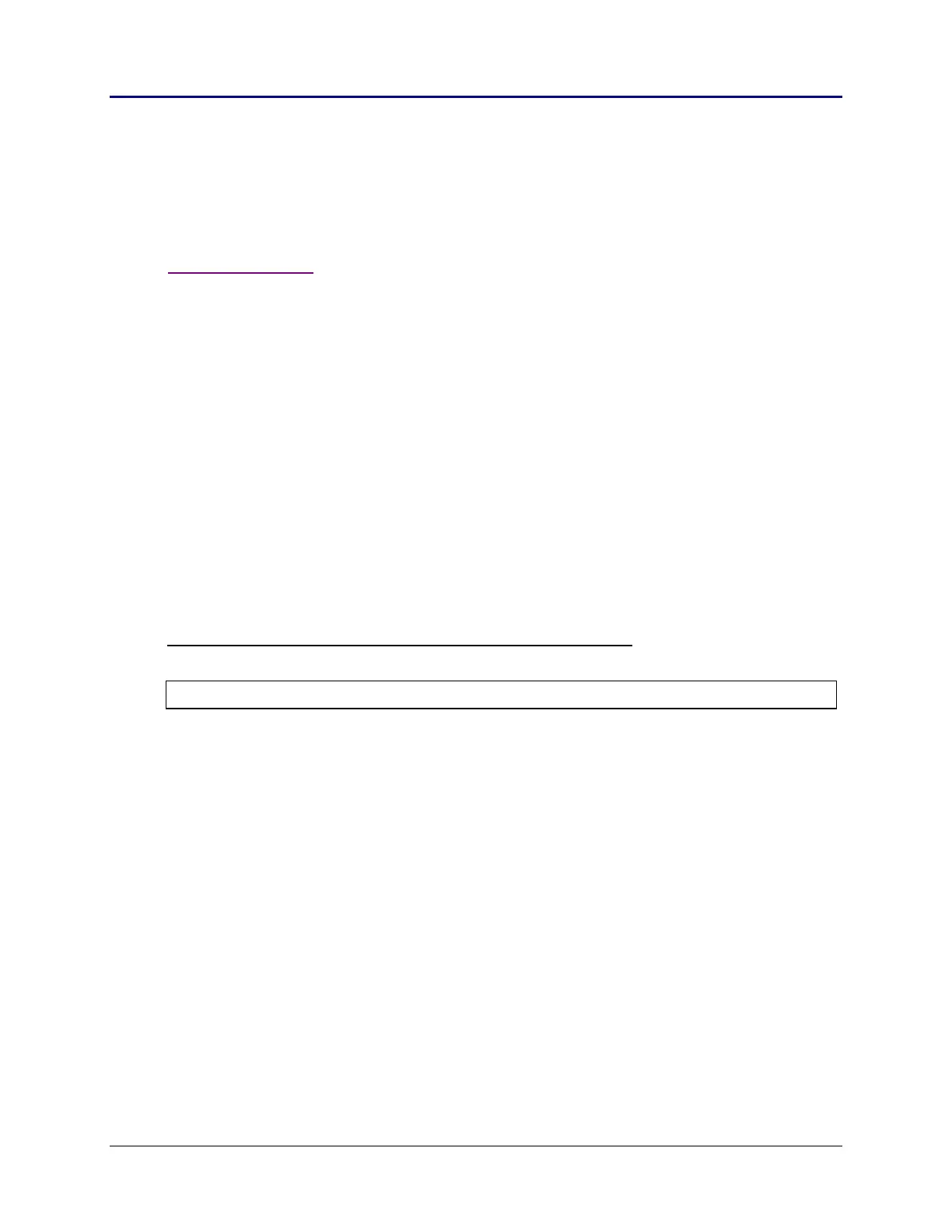Chapter 2: TI-83 Plus Specific Information 25
TI-83 Plus Developer Guide Third Release May 28, 2002
Token Based Data Types
This class of data types is made up of a size field and tokens that represent TI-83 Plus
functions, commands, programming instructions, variable names — essentially anything
that can be entered into an TI-83 Plus BASIC program.
TI-83 Plus Tokens
A token can be comprised of one or two bytes which represents system functions,
commands, and variables. Instead of having to store the entire spelling of a function
inside a program, the function can be stored as a token that uses only one or two bytes.
For most applications, the tokens are only necessary when using variables. This will be
explained in the section on Variable Naming.
A list of tokens and their values can be found in the include file, TI83plus.inc.
Program, Protected Program, Equation, New Equation, and
String Data Type Structures
All of these data types have the same storage structure — a two-byte size field, the
number of bytes for token storage (not the number of tokens), followed by the tokens
themselves. For example, if graph equation Y1 = LCM(X,5), it would be stored as:
Two-byte
token
Size byte LCM ( X , 5 )
07 00 BB 08 10 58 2B 35 11
Note: New Equation type should be treated like any other equation.
Screen Image Data Type Structure
There is only one data type for this class of data structures — the Pict data type.
This variable’s data is a bit image of a graphic screen minus the bottom row of pixels. It
is made up of a two-byte size field, which is always equal to 756d (2F4h) and followed
by the 756 bytes. The first byte represents the first eight pixels of the display’s top pixel
row. Each successive byte represents the next eight pixels. When the end of a row is
reached, the next byte is the first eight pixels of the following row.
Example:
size | First 12 bytes is the top row of pixels
F4 02 12 34 56 78 09 23 45 98 A3 CB DE 12
70 65 34 98 56 77 09 06 80 C5 4D 00
Second row of pixels
.
.
.

